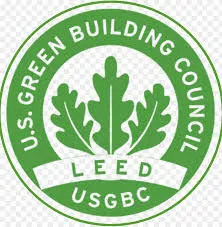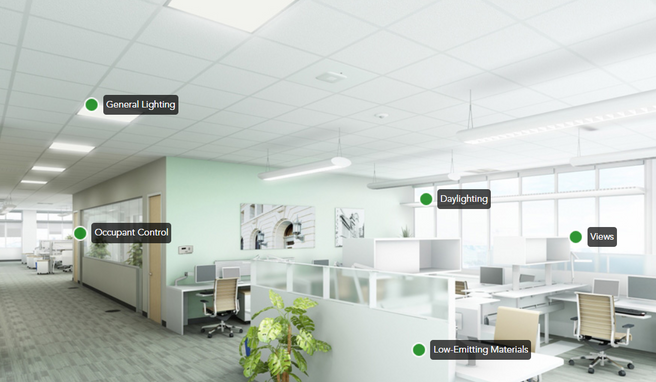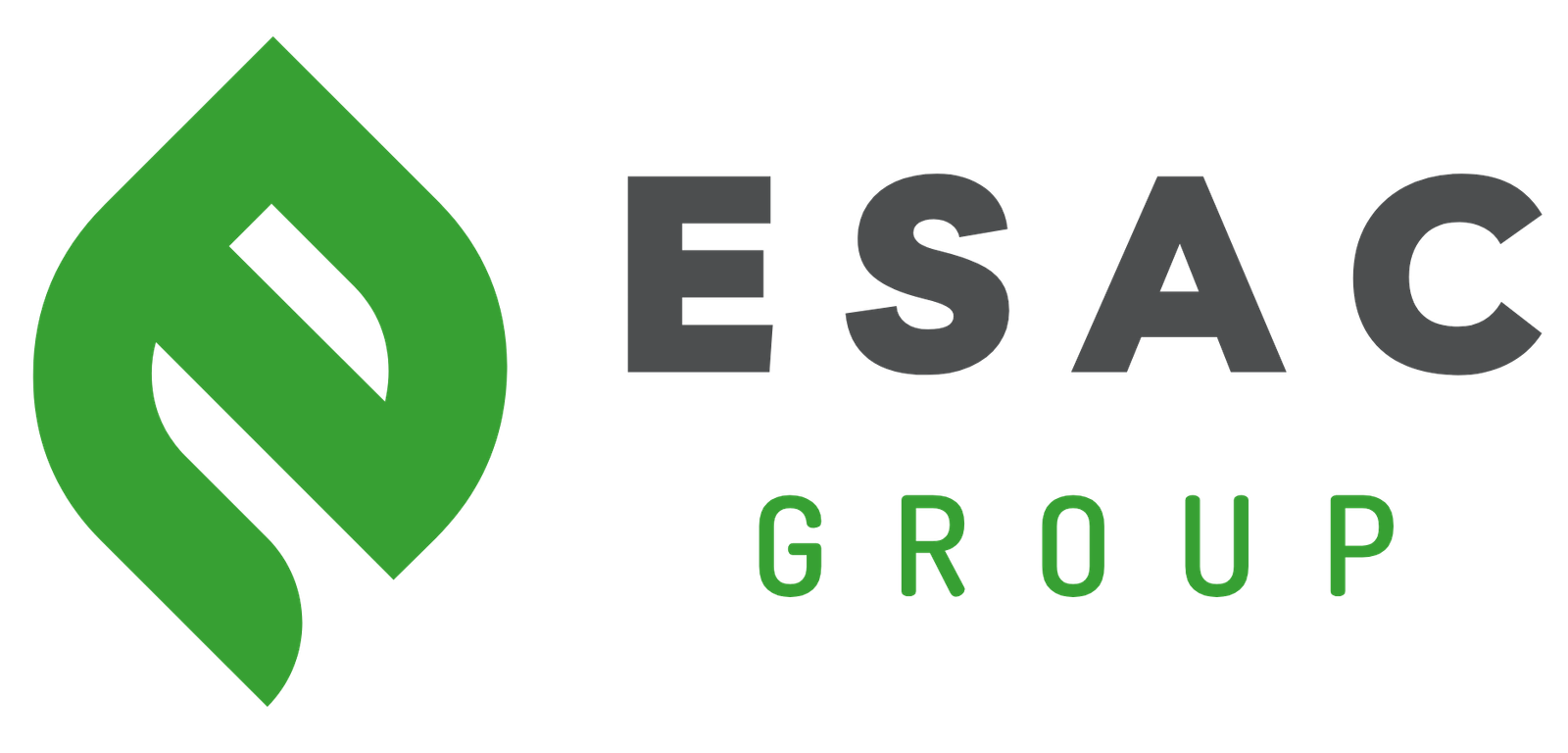Sustainable Architecture
Corporate Carbon Footprint Asssustainable Architecture & Eco-friendly Design Solutionsessment
Green Building Certification

ESTIDAMA

MOSTADAM

LEED

WELL

BREEAM

DUBAI SA’FAT
Building Commissioning And Performance Evaluation
01
Daylighting Analysis
Assessing the natural lighting within a building to
maximize its use, reduce reliance on artificial lighting, and enhance
occupant well-being and productivity.
02
Thermal Comfort Analysis
03
Indoor Air Quality (IAQ) Testing
04
Performance Contracting and Monitoring
Energy Audits and Assessments
Detailed evaluations of a building's energy use with recommendations for improvement. These audits help identify areas where energy efficiency can be enhanced, leading to reduced operational costs and lower environmental impact.

Retro-Commissioning
Similar to commissioning, but applied to existing buildings to improve their operational efficiency by identifying and fixing problems that have developed over time. This service ensures that aging infrastructure can meet current and future sustainability standards.
Building Commissioning
A systematic process that ensures all building systems are designed, installed, tested, and capable of operating according to the owner's operational requirements. This includes HVAC, electrical, plumbing, and renewable energy systems to guarantee energy efficiency and optimal performance.
Eco-friendly Construction Material Selection And Sourcing
Acknowledge The Environmental Impact
Understand the negative effects of traditional construction on ecosystems, particularly from overusing resources like sand.
Adopt Sustainable Materials
Shift towards using eco-friendly materials such as ready-mix plasters and tile adhesive cement, which conserve natural resources.
Choose Certified Suppliers
Partner with suppliers that have sustainability certifications (e.g., GRIHA, IGBC GreenPro) to ensure the use of sustainable materials.
Implement Green Practices
Embrace environmentally friendly construction practices to minimize carbon footprint and promote sustainable development.
Evaluate Material Impact
Shift towards using eco-friendly materials such as ready-mix plasters and tile adhesive cement, which conserve natural resources.
Select Sustainable Criteria
Prioritize materials based on renewability, energy efficiency, recyclability, and low toxicity.
Opt For Durable Materials
Choose durable, low-maintenance materials to enhance long-term sustainability.
Conduct Cost-benefit Analysis
Recognize that the benefits of ecofriendly materials often outweigh initial higher costs.
Use Biodegradable And Non-toxic Materials
Incorporate materials that are environmentally friendly and promote healthy living spaces.
Indoor Environmental Quality Enhancement
01
Assessment
02
Source Control
03
Improved Ventilation
04
Continous Motivation & Automation
sustainable Site And Landscape Design
Maintain and Protect Valuable Stands of Vegetation
01
02
Minimize Impacts of Run-off to Adjacent Water Bodies
Reduce Contribution to the Urban Heat Island Effect
03
Restore the Health of Degraded Urban Sites
04
Reduce Water Consumption and Protect Water Body Quality
05
Encourage Access to Public Transportation and Facilitate Non-Motorized Commuting
06
Interdisciplinary Design ollaboration:
07
Early Involvement of Landscape Architect
08
Compliance with Regulations and Laws
09
Creation and Maintenance of Open Site Areas
10
Lifecycle Analysis And Resource Optimization
Building Retrofit And Energy Efecincy Enhancement
Energy Assessment / Audit
Evaluating The Building's Energy Performance, Identifying Energy-consuming Systems, And Quantifying Energy Use And Costs
Retrofit Planning and Design
Based on the energy assessment results, a retrofit plan is developed, which outlines the specific energy-saving measures to be implemented. This plan includes a cost-benefit analysis, identifying the most cost-effective measures, and determining the return on investment

Implementation
This involves the actual installation of the energy-saving measures identified in the retrofit plan. This may include upgrading lighting systems, improving insulation, installing energy-efficient HVAC systems, and implementing renewable energy technologies
Monitoring and Evaluation
After the retrofit, it's essential to monitor and evaluate the energy savings achieved. This step involves tracking energy use, costs, and savings, and verifying that the retrofit measures are performing as expected
Continuous Improvement
Building energy efficiency is an ongoing process. After the initial retrofit, it's essential to continue monitoring energy use, identifying new opportunities for energy savings, and implementing additional measures as needed
